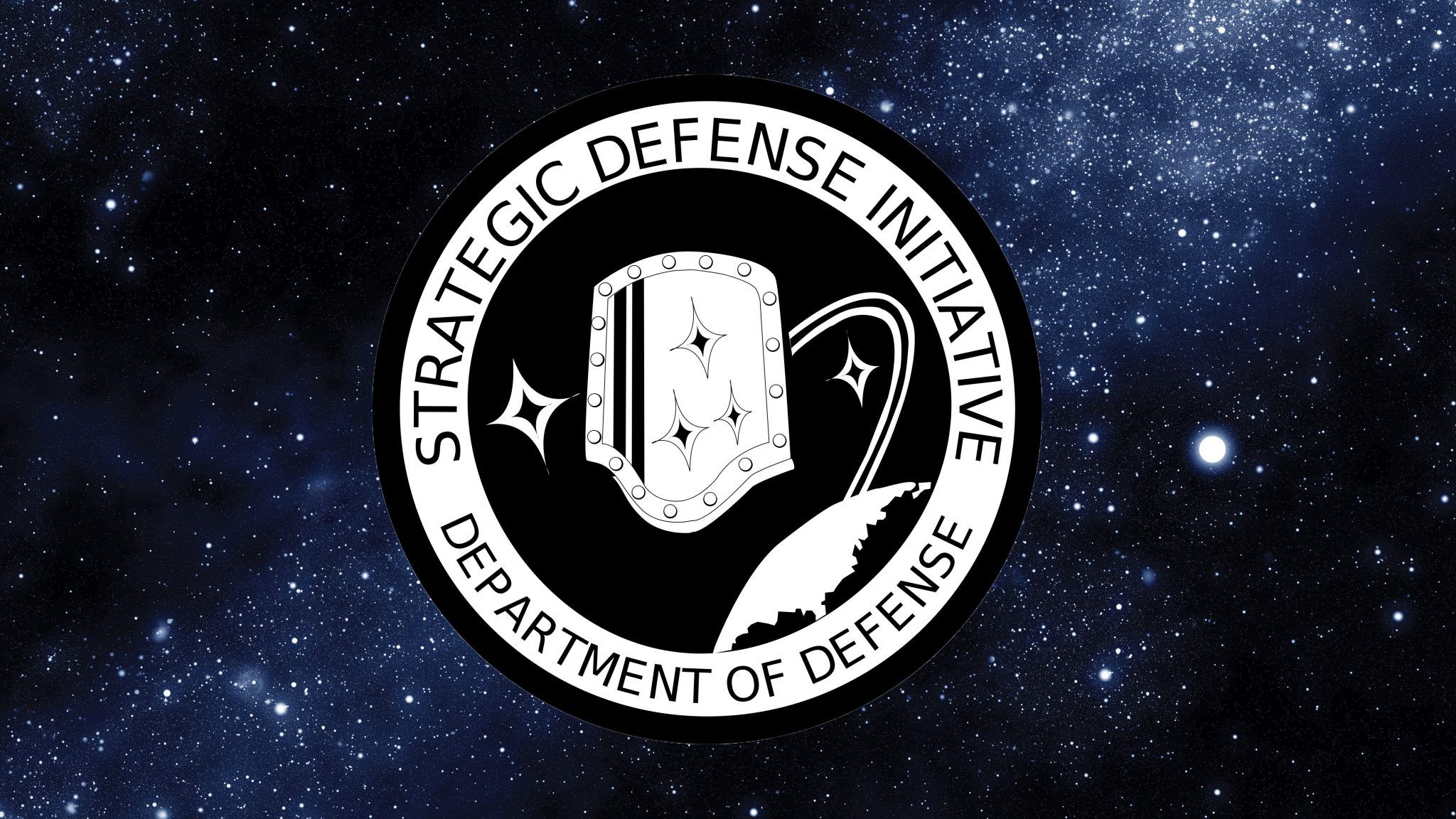Do We Want a Piece-Meal Space Force?
Article by Henry F. Cooper April 10, 2020 (newsmax.com)
• In the 1980s, during Ronald Reagan’s era of the Strategic Defense Initiative (SDI), America’s defense against the enemy’s use of ballistic missiles was to create a space-based ballistic missile defense. The “Brilliant Pebbles” space-based interceptor system could shoot down Soviet missiles in their “boost phase,” while their rockets still burned and before they could release its warheads. Brilliant Pebbles was considered our most cost-effective SDI system.
• In 1972, the Anti-Ballistic Missile Treaty was signed wherein the U.S. would lead the way in reducing offensive nuclear weapons by agreeing to end the deployment of our Minuteman ICBMs. But it was dubious whether Russia also ended the production and use of its ICBMs. So Reagan turned to the space-based SDI program. At the 1986 Reykjavik Summit, Mikhail Gorbachev attempted to negotiate the restriction of such space-based systems in principle, but Reagan refused to concede to this. Political observers say that this SDI system gave Reagan the leverage to negotiate a true bi-lateral reduction in nuclear weapon development and a ban on all Russian Mirved ICBMs. British Prime Minister Margaret Thatcher stated: “SDI ended the Cold War without firing a shot.”
• In 1993, Clinton Administration Defense Secretary Les Aspin returned to a defense strategy based on “mutual assured destruction” by strengthening the 1972 Anti-Ballistic Missile Treaty with Russia, and abandoning the SDI program. Then in 2002, the George W. Bush administration withdrew from the ABM Treaty altogether, without reviving the SDI program. This is where things stand today.
• Now, the Department of Defense is concerned about Russia’s hypersonic missiles able to evade our ballistic missile defenses. A ‘boost-phase’ SDI system would have been able to defeat these hypersonic missile systems. The development of the ‘Brilliant Pebbles’ system might have discouraged the Russians from developing such a next-generation ballistic missile system to deliver nuclear weapons in the first place.
• Now America’s strategy seems to be a new hypersonic nuclear weapon arms race with Russia, even though the U.S. ended its development of hypersonic weapons decades ago. We seem to have abandoned any interest in space-based missile defenses to defeat these new hypersonic weapons.
• Current plans for the new US Space Force reveal an inability to defend against the growing offensive intercontinental ballistic missile threat, particularly those with hypersonic capabilities. The Trump administration’s apparent strategy is to play “catch-up” with Russian and Chinese hypersonic missile capabilities, and to rely on the Cold War scenario of mutual assured destruction as a defense strategy.
• This article’s writer, Henry Cooper, served as Reagan’s chief Defense and Space Talks negotiator with the Soviet Union, and later he served as SDI Director in the George H.W. Bush administration. Cooper advocates a return to a Reagan-era SDI program by deploying 1,000 Brilliant Pebbles for $20 billion, to be operational within 5 years.
• [Editor’s Note] Perhaps this article’s writer, Henry Cooper, and others are missing a big piece of the puzzle. What if our global “space race” went far beyond the hypersonic ballistic missiles that the public is aware of? What if there were numerous secret space programs having technology far beyond ICBM or SDI technology? And what if we already had orbital platforms in space that could shoot energy beams and kinetic energy weapons at any target or missile on Earth? Such a reality would render ballistic nuclear missile treaties and Reagan-era space-based missile defense systems moot.
Current plans for the new U.S. Space Force and its implied underpinning strategy reveal a key deficiency — an ability to defend against the growing offensive intercontinental ballistic missile (ICBM) threat, particularly those that employ hypersonic capabilities.

In effect, the Trump administration’s funding priorities display an apparent strategy to play “catch-up” with the growing Russian and Chinese hypersonic threat capabilities — and to rely totally on the Mutual Assured Destruction (MAD) strategy of the Cold War.
Do we really want a new Cold War, now involving a multilateral offensive nuclear arms race?

Ronald Reagan had a very different idea based on a vital role for truly effective ballistic missile defense (BMD) systems that could defeat such threatening ballistic missiles.
In President Reagan’s administration, that idea led to his Strategic Defense Initiative (SDI) that emphasized space-based defenses. I was privileged to serve as his chief Defense and Space Talks negotiator defending his perspective with the Soviet Union — and later to serve as SDI Director during the George H.W. Bush administration.
Space-based defenses always had a central role during the SDI era — 1983 until early 1993 when Defense Secretary Les Aspin “took the stars out of Star Wars,” ending Ronald Reagan’s vision and heralding a return to the MAD doctrine of strengthening the Anti-Ballistic Missile (ABM) Treaty “as the cornerstone of strategic stability,” as became the oft-stated claim of the Clinton administration.
And even though the George W. Bush administration withdrew from the ABM Treaty in 2002, nothing was done to revive the central role of the most cost-effective product of the SDI era — the Brilliant Pebbles space-based interceptor system.
FAIR USE NOTICE: This page contains copyrighted material the use of which has not been specifically authorized by the copyright owner. ExoNews.org distributes this material for the purpose of news reporting, educational research, comment and criticism, constituting Fair Use under 17 U.S.C § 107. Please contact the Editor at ExoNews with any copyright issue.
